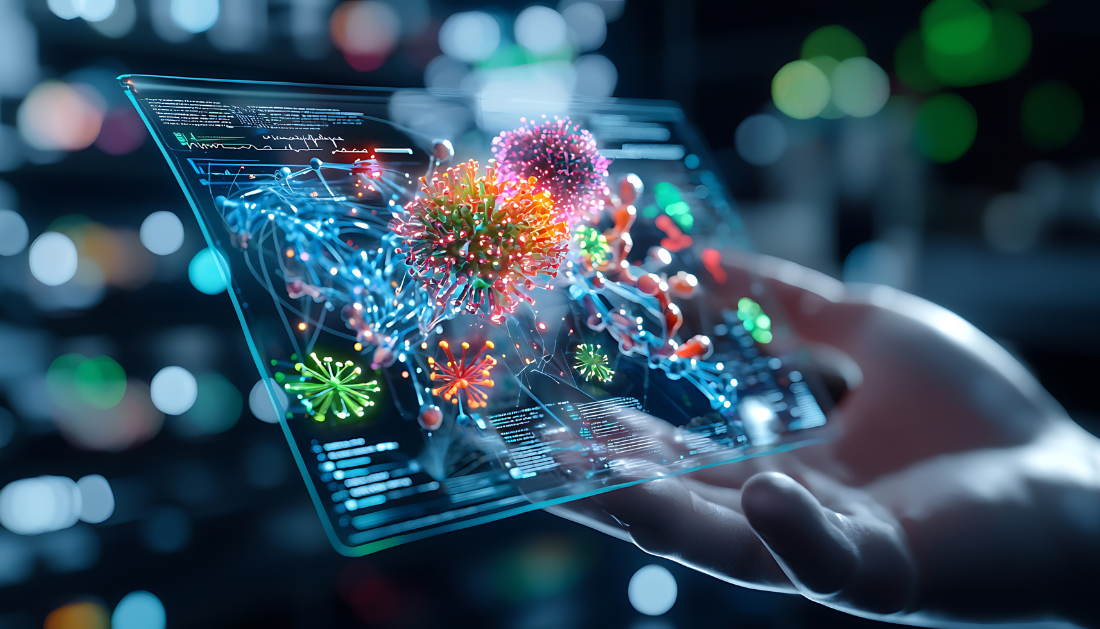

Scientists have created an artificial intelligence that is able to distinguish between cancerous and healthy cells as well as identify viral infections in cells at very early stages. The results, which were presented in a paper that was published today in the journal Nature Machine Intelligence, open the door to new approaches to illness monitoring and enhanced diagnostic methods. The researchers are affiliated with the Fundación Biofisica Bizkaia (FBB, housed in the Biofisika Institute), the University of the Basque Country (UPV/EHU), the Donostia International Physics Center (DIPC), and the Centre for Genomic Regulation (CRG).
AINU, or AI of the NUcleus, is a tool that analyzes high-resolution cell pictures. The photos are produced using a unique microscopy method known as STORM, which produces a picture that captures a great deal more fine information than is possible with conventional microscopes. The nanoscale resolution of the high-definition pictures reveals structures.
A human hair strand is roughly 100,000 nanometers (nm) wide. A nanometer is one-billionth of a meter. Reorganizations within cells as small as 20 nm, or 5,000 times smaller than the width https://emed.news/ai-model-excels-in-identifying-pediatric-eye-disease/of a human hair, can be detected by the AI. These changes are too minute and nuanced for human observers to detect using conventional techniques alone.
“The resolution of these images is powerful enough for our AI to recognize specific patterns and differences with remarkable accuracy, including changes in how DNA is arranged inside cells, helping spot alterations very soon after they occur. We think that, one day, this type of information can buy doctors valuable time to monitor disease, personalize treatments and improve patient outcomes,” says ICREA Research Professor Pia Cosma, co-corresponding author of the study and researcher at the Centre for Genomic Regulation in Barcelona.
“Molecular recognition” in facial recognition
Convolutional neural networks, or AINUs, are specialized AI systems used to interpret visual input, such as photographs. Convolutional neural networks are utilized by self-driving cars to comprehend and navigate their surroundings by identifying things on the road, and they are also used in AI solutions that let people unlock cellphones with just their faces.
Convolutional neural networks are used in medicine to evaluate pictures such as CT scans and mammograms and spot cancerous signals that the human eye could miss. Additionally, they can aid in the quicker and more precise diagnosis process by assisting medical professionals in identifying anomalies in MRI or X-ray scans.
AINU uses molecular analysis to find and examine microscopic features within cells. The model was trained by the researchers using nanoscale-resolution photographs of the nuclei of various cell types in various stages. By examining the distribution and arrangement of nuclear components in three dimensions, the model was trained to identify distinct patterns in cells.
For instance, as compared to normal cells, cancer cells exhibit unique modifications to their nuclear structure, such as changes to the arrangement of their DNA or the distribution of enzymes inside the nucleus. Following training, AINU was able to identify malignant or normal cell nuclei based only on these characteristics when analyzing new images of the nuclei.
The AI was able to identify alterations in a cell’s nucleus as soon as one hour after it was infected with the herpes simplex virus type-1 because to the photos’ nanoscale resolution. When a virus begins to modify the structure of the cell’s nucleus, minute variations in the density of DNA packing can be used by the model to identify the virus’s existence.
“Our method can detect cells that have been infected by a virus very soon after the infection starts. Normally, it takes time for doctors to spot an infection because they rely on visible symptoms or larger changes in the body. But with AINU, we can see tiny changes in the cell’s nucleus right away,” says Ignacio Arganda-Carreras, co-corresponding author of the study and Ikerbasque Research Associate at UPV/EHU and affiliated with the FBB-Biofisika Institute and the DIPC in San Sebastián/Donostia.
“Researchers can use this technology to see how viruses affect cells almost immediately after they enter the body, which could help in developing better treatments and vaccines. In hospitals and clinics, AINU could be used to quickly diagnose infections from a simple blood or tissue sample, making the process faster and more accurate,” adds Limei Zhong, co-first author of the study and researcher at the Guangdong Provincial People’s Hospital (GDPH) in Guangzhou, China.
Establishing the foundation for clinical preparedness
Before the device is ready for testing or to be implemented in a clinical setting, the researchers need to overcome some significant obstacles. For instance, only specialist equipment often found in biological research labs may be used to take STORM photos. An enormous investment in technology and know-how is needed to set up and maintain the imaging systems that the AI requires.
The fact that STORM imaging normally only examines a small number of cells at once is another limitation. To diagnose or track a disease, physicians would need to capture many more cells in a single image for diagnostic reasons, particularly in clinical settings where time and efficiency are critical.
“There are many rapid advances in the field of STORM imaging which mean that microscopes may soon be available in smaller or less specialized labs, and eventually, even in the clinic. The limitations of accessibility and throughput are more tractable problems than we previously thought and we hope to carry out preclinical experiments soon,” says Dr. Cosma.
Even though clinical advantages could not materialize for years, AINU is anticipated to hasten scientific research in the near future. The method, the researchers discovered, could detect stem cells with extremely high precision. Pluripotency is the ability of stem cells to grow into any form of cell in the body. The potential of pluripotent cells to aid in the replacement or repair of damaged tissues is being investigated.
By accelerating and improving the identification of pluripotent cells, AINU can contribute to the safety and efficacy of stem cell treatments.
“Current methods to detect high-quality stem cells rely on animal testing. However, all our AI model needs to work is a sample that is stained with specific markers that highlight key nuclear features. As well as being easier and faster, it can accelerate stem cell research while contributing to the shift in reducing animal use in science,” says Davide Carnevali, first author of the research and researcher at the CRG.
For more information: A deep learning method that identifies cellular heterogeneity using nanoscale nuclear features, Nature Machine Intelligence, https://dx.doi.org/10.1038/s42256-024-00883-x
more recommended stories
 Caffeine and SIDS: A New Prevention Theory
Caffeine and SIDS: A New Prevention TheoryFor the first time in decades,.
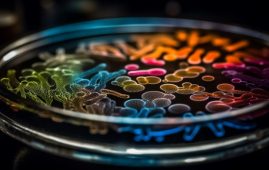 Microbial Metabolites Reveal Health Insights
Microbial Metabolites Reveal Health InsightsThe human body is not just.
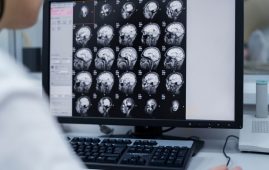 Reelin and Cocaine Addiction: A Breakthrough Study
Reelin and Cocaine Addiction: A Breakthrough StudyA groundbreaking study from the University.
 Preeclampsia and Stroke Risk: Long-Term Effects
Preeclampsia and Stroke Risk: Long-Term EffectsPreeclampsia (PE) – a hypertensive disorder.
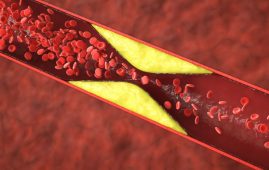 Statins and Depression: No Added Benefit
Statins and Depression: No Added BenefitWhat Are Statins Used For? Statins.
 Azithromycin Resistance Rises After Mass Treatment
Azithromycin Resistance Rises After Mass TreatmentMass drug administration (MDA) of azithromycin.
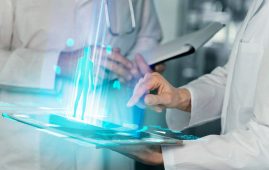 Generative AI in Health Campaigns: A Game-Changer
Generative AI in Health Campaigns: A Game-ChangerMass media campaigns have long been.
 Molecular Stress in Aging Neurons Explained
Molecular Stress in Aging Neurons ExplainedAs the population ages, scientists are.
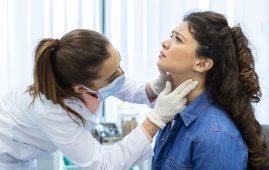 Higher BMI and Hypothyroidism Risk Study
Higher BMI and Hypothyroidism Risk StudyA major longitudinal study from Canada.
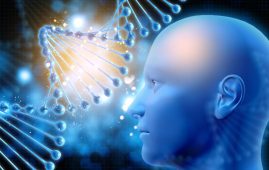 Therapeutic Plasma Exchange Reduces Biological Age
Therapeutic Plasma Exchange Reduces Biological AgeTherapeutic plasma exchange (TPE), especially when.

Leave a Comment